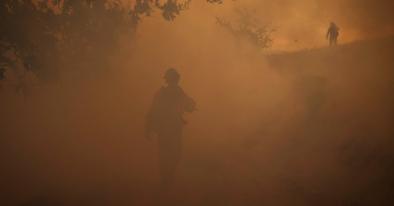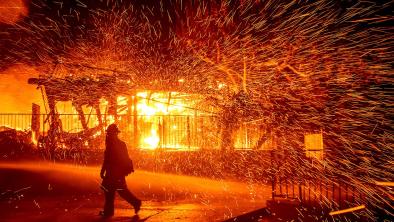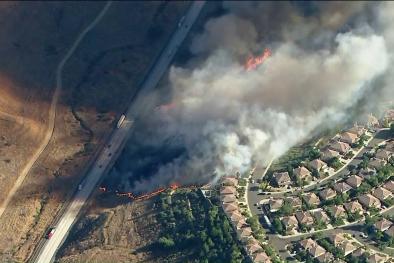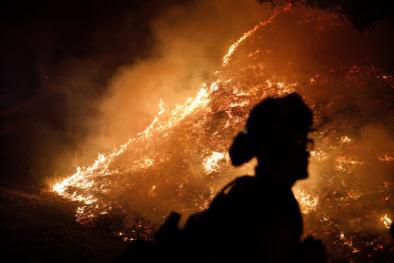Science Source
Climate change and the eco‐hydrology of fire: Will area burned increase in a warming western USA?
- States that wildfire area is predicted to increase with global warming
- Empirical statistical models and process‐based simulations agree almost universally
- States that the key relationship for this unanimity, observed at multiple spatial and temporal scales, is between drought and fire
- Examines the drought–fire relationship, specifically the correlations between water‐balance deficit and annual area burned, across the full gradient of deficit in the western USA, from temperate rainforest to desert
- Finds that in the middle of this gradient, conditional on vegetation (fuels), correlations are strong, but outside this range the equivalence hotter and drier equals more fire either breaks down or is contingent on other factors such as previous‐year climate
- This suggests that the regional drought–fire dynamic will not be stationary in future climate, nor will other more complex contingencies associated with the variation in fire extent
- Concludes that predictions of future wildfire area therefore need to consider not only vegetation changes, as some dynamic vegetation models now do, but also potential changes in the drought–fire dynamic that will ensue in a warming climate
Related Content
Headline

Nov 5, 2019 | The New York Times
5 Lessons We Learned From the California Wildfires
Headline

Oct 31, 2019 | The Weather Channel
Two New California Wildfires Burn Homes In San Bernardino, Riverside; Evacuations Underway
Headline

Oct 29, 2019 | BNN
California Fire Damage Already at $25.4 Billion, and Counting
Headline

Oct 29, 2019 | The Mercury News
California fires: Is climate change making the winds stronger?


